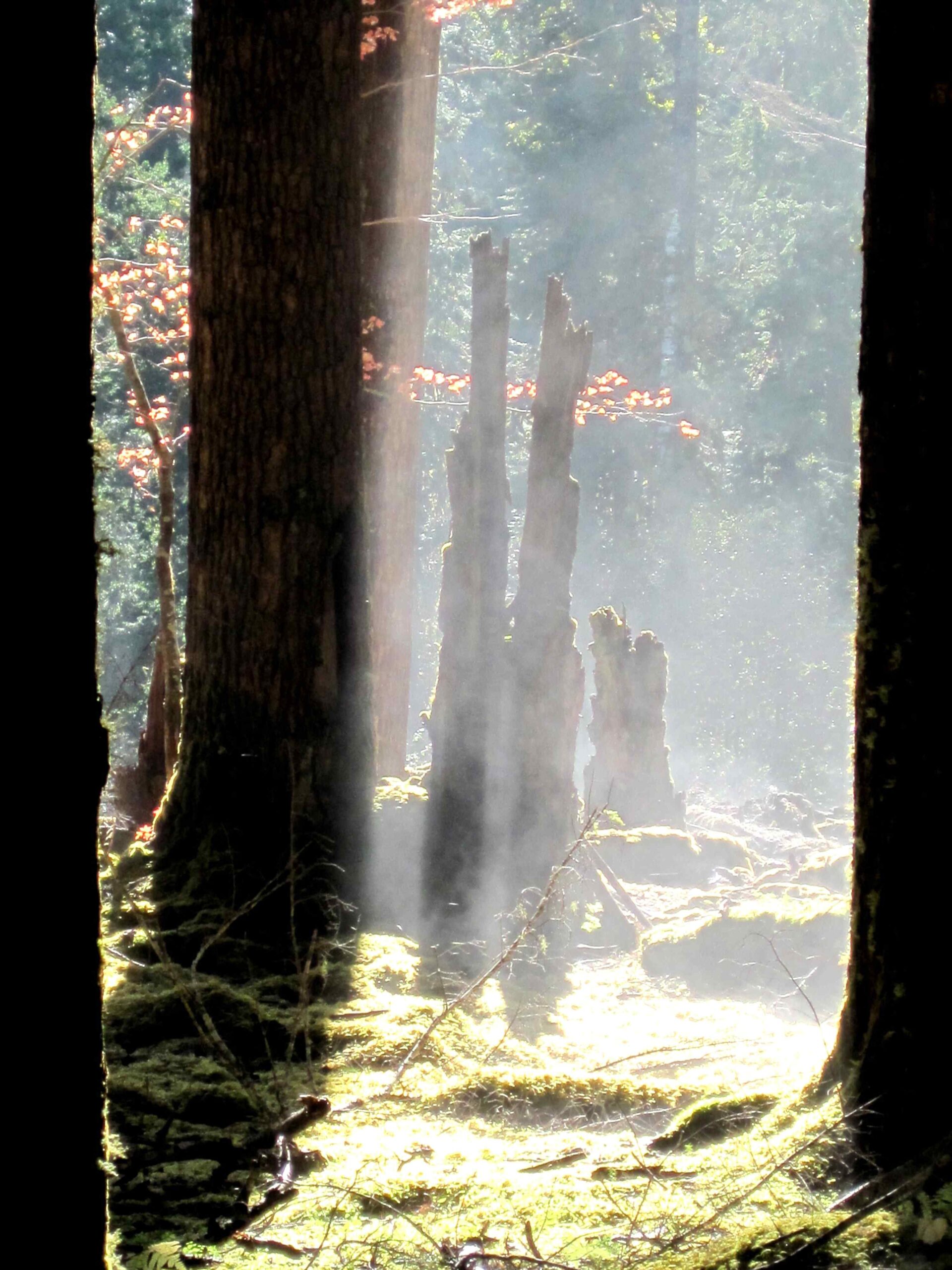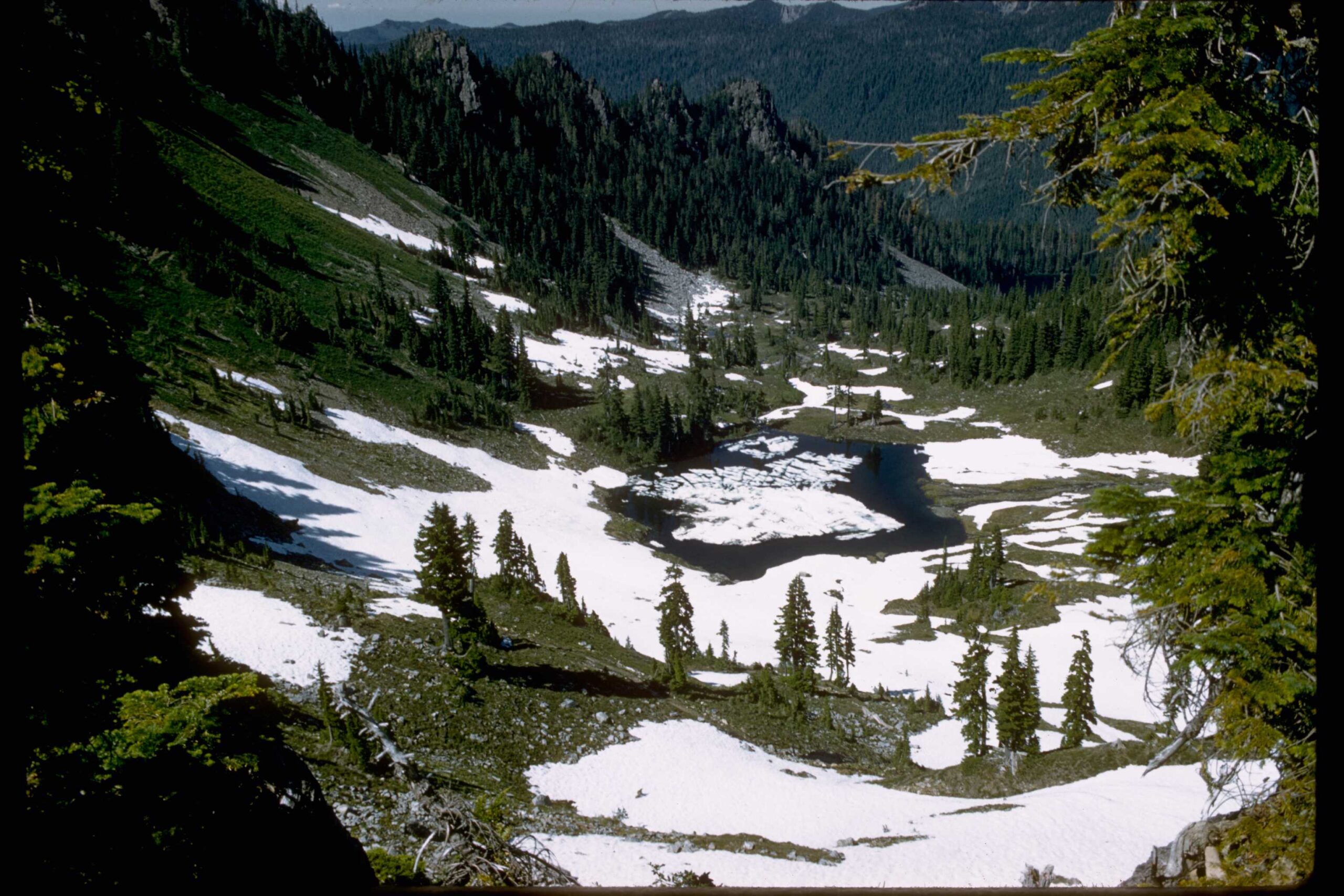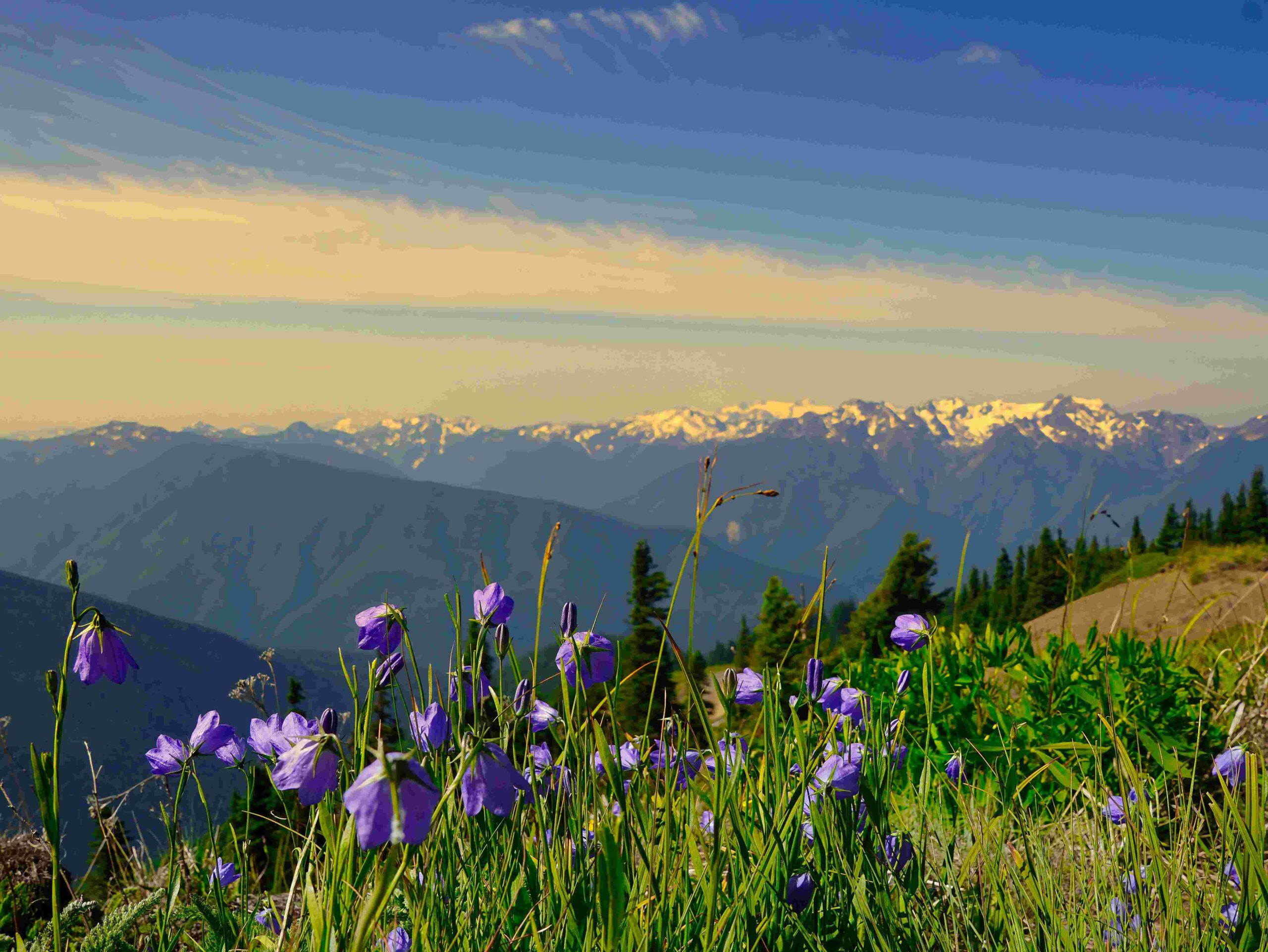Olympic National Park’s rainforest is home to a diverse array of wildlife, from tiny amphibians to large mammals. The temperate rainforest ecosystem, characterized by high rainfall and lush vegetation, supports a unique blend of species adapted to this wet environment. Visitors can observe animals like Roosevelt elk, black bears, and northern spotted owls in their natural habitats, making the park a prime destination for wildlife enthusiasts and nature lovers.
What Animals Can You Find in Olympic National Park’s Rainforest?

The Olympic National Park rainforest is teeming with wildlife. Here’s a list of some notable species you might encounter:
- Roosevelt Elk
- Olympic Black Bear
- Northern Spotted Owl
- Pacific Tree Frog
- Banana Slug
- Bobcat
- Cougar
- Coyote
- Olympic Marmot
- Various bird species
Each of these animals plays a crucial role in the rainforest ecosystem, contributing to its biodiversity and ecological balance.
How Does the Rainforest Ecosystem Support These Animals?

The Olympic National Park rainforest provides a unique habitat that supports a wide variety of animal life. Here’s how different aspects of the ecosystem benefit the wildlife:
-
Dense Vegetation: The thick canopy of trees and understory plants offer shelter and nesting sites for birds and small mammals.
-
Abundant Moisture: The high rainfall and humidity support a diverse range of plant life, which in turn provides food for herbivores and their predators.
-
Fallen Trees and Debris: Decaying logs and forest floor litter create microhabitats for insects, amphibians, and small mammals.
-
Rivers and Streams: The network of waterways provides essential habitat for aquatic species and drinking water for terrestrial animals.
-
Varied Elevation: The range of elevations within the park creates diverse microclimates, supporting different species at various altitudes.
This complex ecosystem allows for a rich biodiversity, making the Olympic National Park rainforest a haven for wildlife.
What Are the Best Times and Locations for Wildlife Viewing?
To maximize your chances of spotting Olympic National Park rainforest animals, consider the following tips:
| Time of Day | Best for Viewing |
|---|---|
| Early Morning | Mammals like elk and bears |
| Midday | Birds and reptiles |
| Evening | Nocturnal animals beginning to stir |
Best Locations:
- Hoh Rainforest: Ideal for spotting Roosevelt elk, black bears, and various bird species.
- Hurricane Ridge: Good for observing deer, marmots, and birds of prey.
- Quinault Rainforest: Another excellent location for elk and bear sightings.
- Coastal Areas: Perfect for marine mammals and shorebirds.
Remember to maintain a safe distance from wildlife and never feed the animals.
How Can Visitors Responsibly Observe Wildlife in the Rainforest?
When observing Olympic National Park rainforest animals, it’s crucial to practice responsible wildlife viewing. Here are some guidelines:
-
Keep Your Distance: Use binoculars or a zoom lens to observe animals from afar. Never approach or attempt to touch wildlife.
-
Stay Quiet: Loud noises can disturb animals and alter their natural behavior.
-
Don’t Feed the Animals: Human food can be harmful to wildlife and alter their foraging habits.
-
Stay on Designated Trails: This helps protect both you and the animals’ habitats.
-
Properly Store Food: Use bear-resistant containers to store food and scented items when camping.
-
Respect Closures: Some areas may be temporarily closed to protect sensitive habitats or breeding grounds.
By following these guidelines, you can enjoy observing the park’s wildlife while ensuring their protection and well-being.
What Conservation Efforts Are in Place to Protect Rainforest Animals?
Olympic National Park has several conservation initiatives aimed at protecting its rainforest animals:
-
Habitat Preservation: Large areas of the park are designated as wilderness, providing undisturbed habitat for wildlife.
-
Species Monitoring: Regular surveys and studies track population trends of key species like the northern spotted owl and marbled murrelet.
-
Invasive Species Control: Programs are in place to manage non-native plants and animals that could threaten native species.
-
Education Programs: The park offers educational programs to raise awareness about wildlife conservation among visitors.
-
Research Partnerships: Collaborations with universities and research institutions help inform conservation strategies.
These efforts help maintain the delicate balance of the rainforest ecosystem and protect its diverse animal inhabitants for future generations.
How Do Seasonal Changes Affect Rainforest Animals?
The Olympic National Park rainforest experiences distinct seasonal changes that impact its animal inhabitants:
Spring:
- Many animals become more active as temperatures warm
- Migratory birds return
- Amphibians begin breeding in wetland areas
Summer:
- Peak activity for most species
- Abundant food sources available
- Young animals born in spring begin to explore their surroundings
Fall:
- Animals prepare for winter by increasing food intake
- Some species begin to migrate or prepare for hibernation
- Elk rutting season begins
Winter:
- Many animals reduce activity or hibernate
- Some species, like the Olympic marmot, enter deep hibernation
- Roosevelt elk move to lower elevations to avoid deep snow
Understanding these seasonal patterns can enhance your wildlife viewing experience and appreciation of the rainforest ecosystem’s dynamics.
What Unique Adaptations Do Rainforest Animals Have?
Animals in the Olympic National Park rainforest have developed various adaptations to thrive in this wet, temperate environment:
-
Water-Resistant Coats: Many mammals, like the Roosevelt elk, have thick, water-resistant fur to stay dry in the frequent rains.
-
Specialized Feet: The Pacific tree frog has sticky toe pads that allow it to climb on wet surfaces.
-
Camouflage: Species like the northern spotted owl have mottled plumage that blends with the dappled light of the forest canopy.
-
Moisture Tolerance: Banana slugs can survive in extremely moist conditions and play a crucial role in decomposition.
-
Hibernation Abilities: Animals like the Olympic marmot can enter deep hibernation to survive harsh winter conditions.
These adaptations showcase the remarkable ways in which animals have evolved to survive and thrive in the unique conditions of the Olympic rainforest.
Reference:
1. https://www.nps.gov/olym/learn/nature/animals.htm
2. https://en.wikipedia.org/wiki/Hoh_Rainforest
3. https://www.nps.gov/olym/learn/nature/terrestrial-mammals.htm

